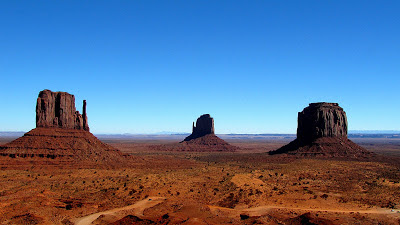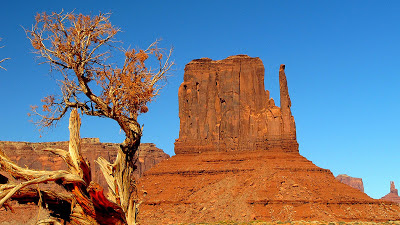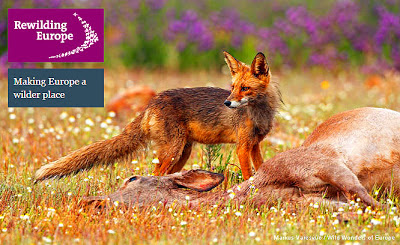 |
| Image courtesy TED and Camille Seaman |
As a keen traveller, I have taken more than my share of
photographs at each stop on my extended journeys. As good as some of these
photographs are, I still don’t consider myself a real photographer. I am more
the happy amateur who occasionally gets lucky and is able to get the lighting
and the angles right to come away with some half decent images.
Camille Seaman on the other hand, has been taking
photographs all over the world, and since 2003, she has focussed her eyes (and
cameras) on some of the worlds most fragile environments. Seaman's photographs
have been published in Newsweek, Outside, Zeit Wissen, Men's Journal and more,
and she has self-published many books on themes like “My China” and “Melting
Away: Polar Images” through Fastback Creative Books, a company that she
co-founded. In 2008, she was honored with a one-person exhibition, The Last
Iceberg, at the National Academy of Sciences, Washington, DC.
In today’s TED on Tuesday, I am featuring two short
presentations made by Camille (who was raised as a Shinnecock Indian), at TED
conferences. The first, highlights her nascent career as a storm chaser hunting
down and photographing supercell clouds―some of which can be 50 miles wide,
reach sixty thousand feet in the atmosphere and release grapefruit-sized hail. The second
short video features stunning images of those fascinating monoliths we know as
icebergs.
“Storm-chasing is a very tactile experience … The colors in the clouds, of hail forming, the green and the turquoise blues. The movement, the way they swirl … As I stand under them, I understand what I have the privilege to witness is the same forces, the same process in a small version, that created our galaxy, solar system, our sun, this very planet.” ~ Camille Seaman
Camille Seaman: Photos from a storm chaser
“It is not a death when [icebergs] melt; it is not an end, but a continuation of their path through the cycle of life. Each iceberg has its own individual personality. Some refuse to give up and hold on to the bitter end, while others can't take it anymore and crumble in a fit of dramatic passion.” ~ Camille Seaman
Camille Seaman: Haunting photos of polar ice
More Information











